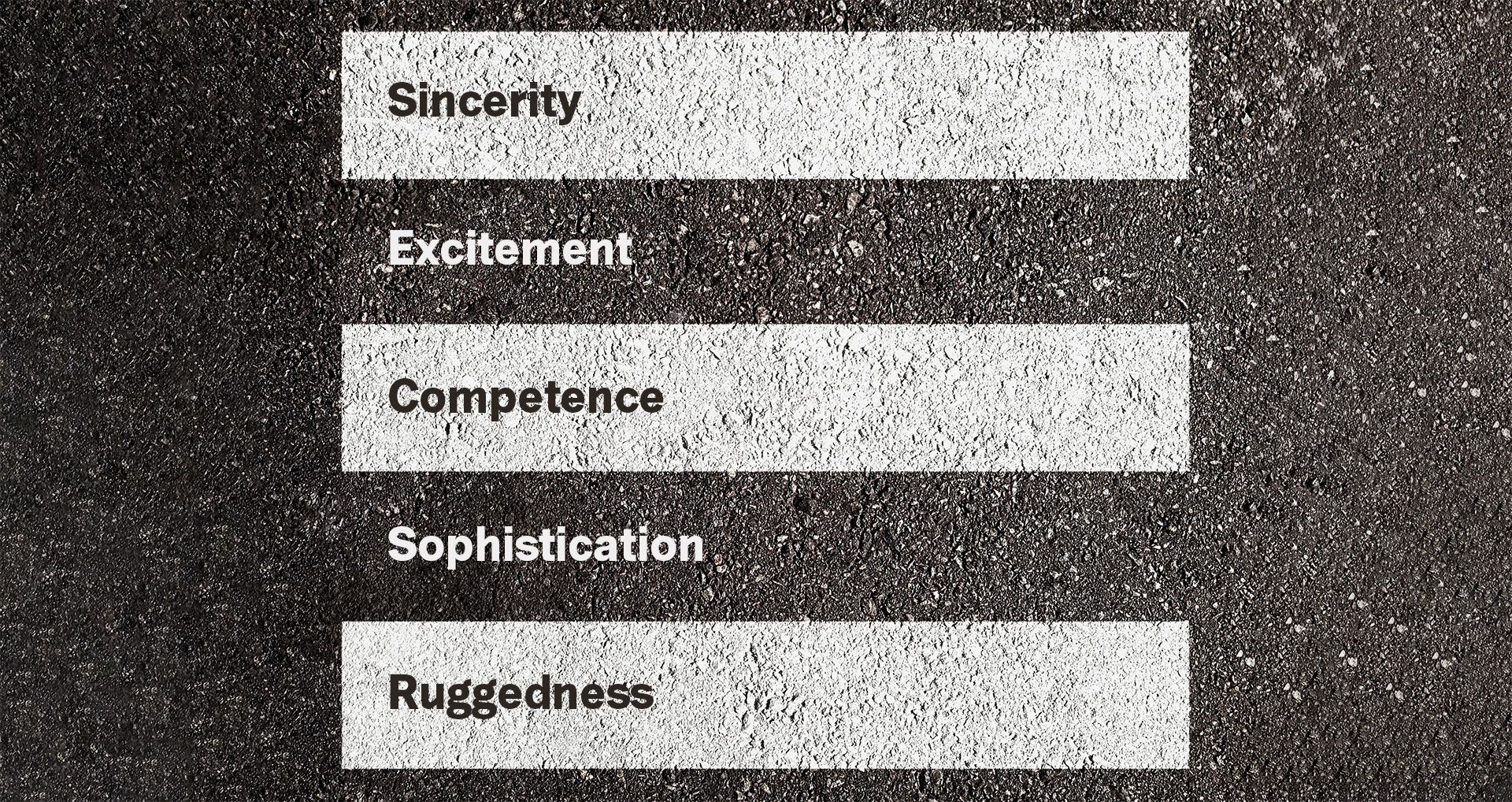
If your company’s marketing is to sit right in the closet, it requires coordination between the various initiatives. Across all channels. This makes it easier for your customers to know exactly who your company is – from values to attitudes. And a carefully planned brand personality can help with that.
Give the text personality
With a brand personality, you imagine what your brand would be like as a person. How the person speaks, what attitudes the person has or how they are with people. When you design content for your company, it is this personality you must take on. That’s the role you must play.
The question is then: how does a brand personality differ from your brand’s tone of voice? The two tend to resemble each other.
The tone of voice determines how the language is perceived by the reader. Whether you speak formally or informally, enthusiastically, or distantly. But to be able to explain how your company speaks, it is useful to know why your company speaks that way.
This is where the brand personality comes into play. It helps to control your tone of voice, as well as many other facets of your marketing. Therefore, it is essential in many ways that you have control over your company’s brand personality in your marketing.
Quality features as a starting point
Of course, there is not only one way to build a brand personality. But here we give you one of the well-established ways we use when working with our clients’ brands.
People like people in whom they can mirror themselves. When building a brand personality, you must therefore know the marketing target groups well so that you can create an identifiable brand personality. Here it helps to create a small list of different qualities which describe your brand and which together with e.g., your vision creates the overall brand personality.
In theory, there are no limits to what brand qualities one could fantasize about. Perhaps your company is so unique in its expression that it requires a little innovation to accurately describe you. However, a few years ago, Jennifer Aaker put forward five general qualities which are still good and relevant to take as a starting point:

A company such as Carlsberg would perhaps describe itself as honest and robust, while Jysk is probably closer to enthusiastic and competent. Some companies can be described with just one character trait, while others can be all of them.
Although it doesn’t seem like much to decide on two basic personality traits, you can already from the two examples above roughly imagine what their marketing looks like. And once you have decided on a few overall qualities, you can create a more precise description of the company’s brand personality.
An example of a brand personality
Let’s start with a jewelry store whose strategy is to market wedding jewelry for all types of couples.
The brand is in line with its values, including advocating for an equal marriage, and the tone of voice should say that the brand is honest and enthusiastic. On this basis, the qualities down-to-earth (family-centered, unpretentious), modern (independent, contemporary), and lively (emotional, friendly) are chosen as keywords.
Based on these qualities, their brand personality is described as follows:
The jewelry store is a cool type who does not hesitate to speak his mind and defend the things the person thinks are right. The person speaks with emotion and spices up his opinion with humor. This happens without offending anyone, but they are still not afraid of people’s reactions. The jewelry store is known as a progressive person whose opinion is sought and respected – even by those who don’t always agree.
Strengthen your brand
It probably goes without saying that it requires a well-defined brand to be able to create a well-defined brand personality. Once the foundations for brand-building have been carefully worked out in the strategy work, it becomes easier to find the qualities and character traits that make your company unique.
Even a few values can help to create a personality for the brand, which the target group will notice and identify with – and which are easy for the content producer to have in mind when they create identity-rich content.